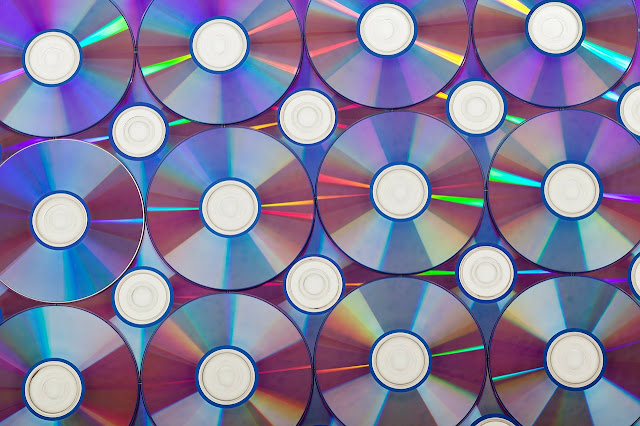Blu-Ray technology is the next generation of optical disc formats developed by the Blu-Ray Disc Association (BDA) and major developers of consumer electronics for consumers, computers and media producers around the world. The technology will enable consumers to store large amounts of data (5 to 6 times over DVD), record / rewrite digital content, and watch high-definition videos on Blu-Ray devices. The Blu-Ray Disc comes in two versions: The single layer disc will be introduced first in the market and the dual layer disc will follow shortly. One layer can hold up to 25 GB of data equivalent to about 2 hours of recording / playing digital content time on HDTV and 13 hours of non-digital content from standard television. The dual disk will hold up to 50 GB of data and will be used primarily for gaming (PS3) and entertainment purposes.
Red Vs Blue:
The current DVD-like disc technology uses red laser to read and write data, however, Blu-Ray technology uses blue-violate laser to read and write and therefore the term "Blu-Ray" was born. The difference between a red laser and a blue laser is quite different: First, the length of a blue laser is shorter (405nm) than a red laser (650nm). Second, the price opening improved to 0.85. The short length of the blue break laser leads to the focus of the laser beam with greater accuracy which makes it easier to pack a lot of information on the disc size of DVD and CD. In addition, the opening of the values shows a small amount of lens energy collecting and focusing on light and the maximum value is close to 1, increasing the focus strength and less laser area. Current optical disc disc prices range from .50 to .65 compared to Blu-Ray price openings of .85 making it much better with existing disc technology.
Blu-Ray: Next Level?
Recently, the technology industry has seen the need for the explosion of HDTV and the consumer desire to record high-definition content from HDTV is also growing rapidly. In addition, the U.S. government He also looks at the scale and integration of digital television and eventually replaces non-digital television for many benefits. Blu-Ray technology is made possible due to the need to meet new demand and set a new standard in the field of optical disc. This technology supports the direct recording of MPEG-2 TS (Transport Stream) used by many digital broadcasters around the world. In other words, digital content from HDTV can be recorded directly to a disc without compromising quality and external processing power. Also, Blu-Ray uses a fast data transfer rate of 36 Mbps to fill a large amount of data required for high-definition content. This fast quality is enough to record and play HDTV while maintaining real image quality. It is possible to watch playback video and record HD video simultaneously using the random access feature provided by Blu-Ray technology.
Time will tell:
There was a lot of heated debate over whether Blu-Ray technology would replace DVDs and win the battle against the arch and mess HD-DVD. However, with the strong support of many industry leaders and positive ideas from industry analysts, Blu-Ray seems to be the next way to bring digital content to consumers around the world.
Conclusion:
In fact, Sony will be launching Blu-Ray technology on the PS3 when it launches in the spring. Some say the Xbox 360 will have HD-DVD capability but Microsoft has not yet confirmed the speculation. The tense battle will continue and when the dust settles the consumer can decide which of these will replace DVD and VHS and move on to the HDTV era. Only time will tell.










0 Comments